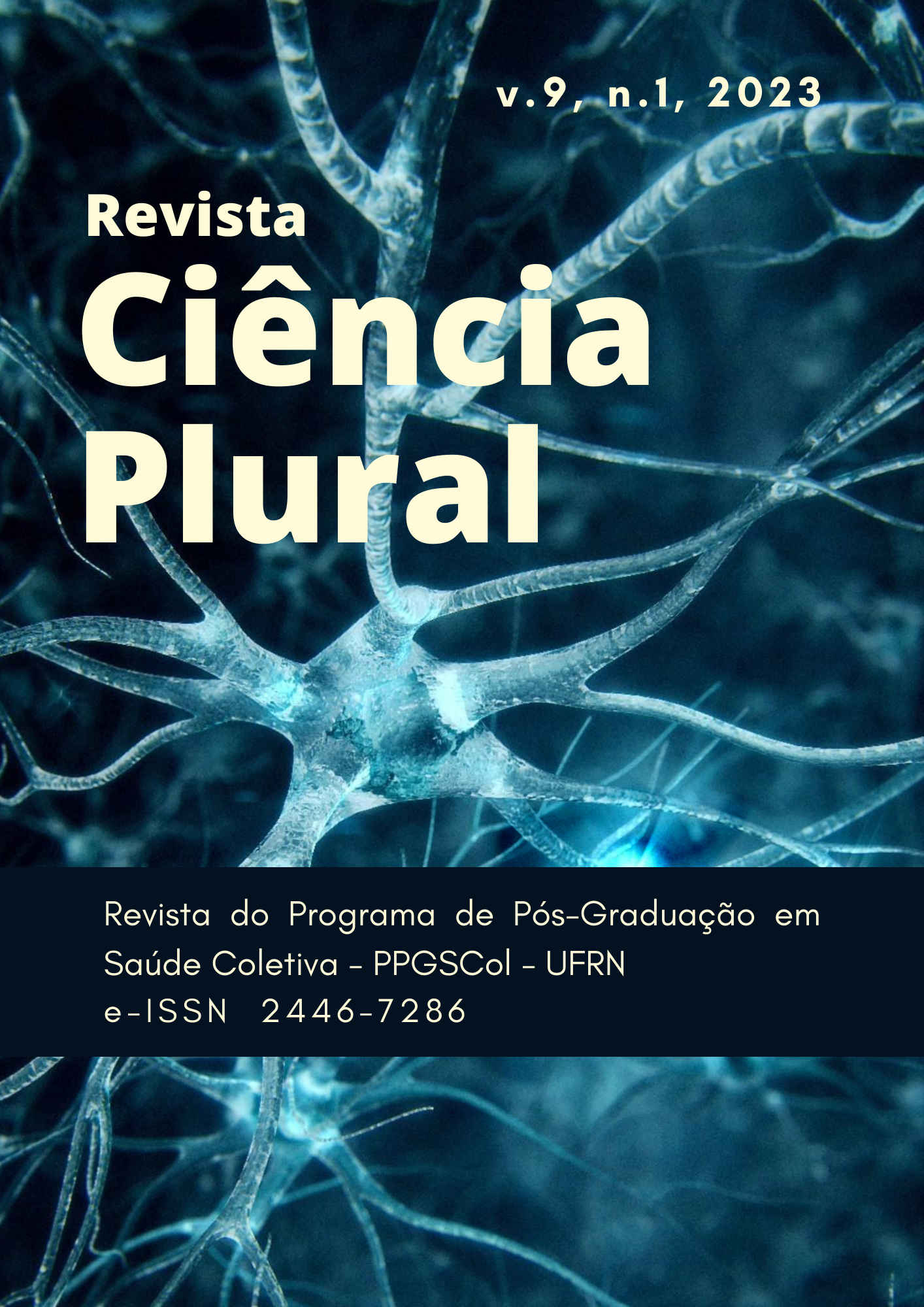Association between systemic arterial hypertension and anthropometric indicators in the elderly in the brazuca study
DOI:
https://doi.org/10.21680/2446-7286.2023v9n1ID30190Abstract
Introduction: Systemic Arterial Hypertension (SAH) is a chronic disease that affects most Brazilian older adults and is one of the main causes of premature deaths and functional disabilities that cause cardiovascular and brain complications. Obesity is among the several predisposing factors associated with SAH. Objective: To evaluate the association between SAH and anthropometric indicators in older adults of the Brazuca Natal study. Methodology: Cross-sectional population-based study with 191 older adults in the city of Natal-RN. Sociodemographic, economic and anthropometric data (weight, height, waist circumference, and hip circumference), Body Mass Index (BMI), Waist-Height Ratio (WHtR), and Waist-Hip Ratio (WHR) were collected. Hypertension was self-reported. Data were analyzed using the Statistical Package for the Social Science Statistics (SPSS) software, version 20.0. The Student’s t-test was used to compare the means of the variables according to sex and presence of SAH. The association between the presence of the disease and the variables was performed by Poisson regression, with crude and adjusted prevalence ratios and respective confidence intervals (95%). Results: The majority of the elderly were female (55%), with a mean age of 69.48 years (SD = 7.38) and BMI of 28.46 (SD = 5.25), 59.4% were overweight and 60.1% had SAH. Mean BMI, hip circumference and WHtR values were higher in women (p < 0.05). The age and BMI, body weight, hip circumference, WHR, and WHtR values were higher among the older adults with hypertension (p < 0.05). We found that the presence of hypertension was associated with body weight and BMI in the crude model and only with body weight in the adjusted model. Conclusions: Anthropometric indicators of easy application and low cost such as waist circumference can be efficient to detect hypertension in older adults.
Downloads
Downloads
Published
How to Cite
Issue
Section
License
Copyright (c) 2023 Revista Ciência Plural

This work is licensed under a Creative Commons Attribution-NonCommercial-ShareAlike 4.0 International License.
À Revista Ciência Plural ficam reservados os direitos autorais referente a todos os artigos publicados.

 Português (Brasil)
Português (Brasil) English
English Español (España)
Español (España)










2.png)
